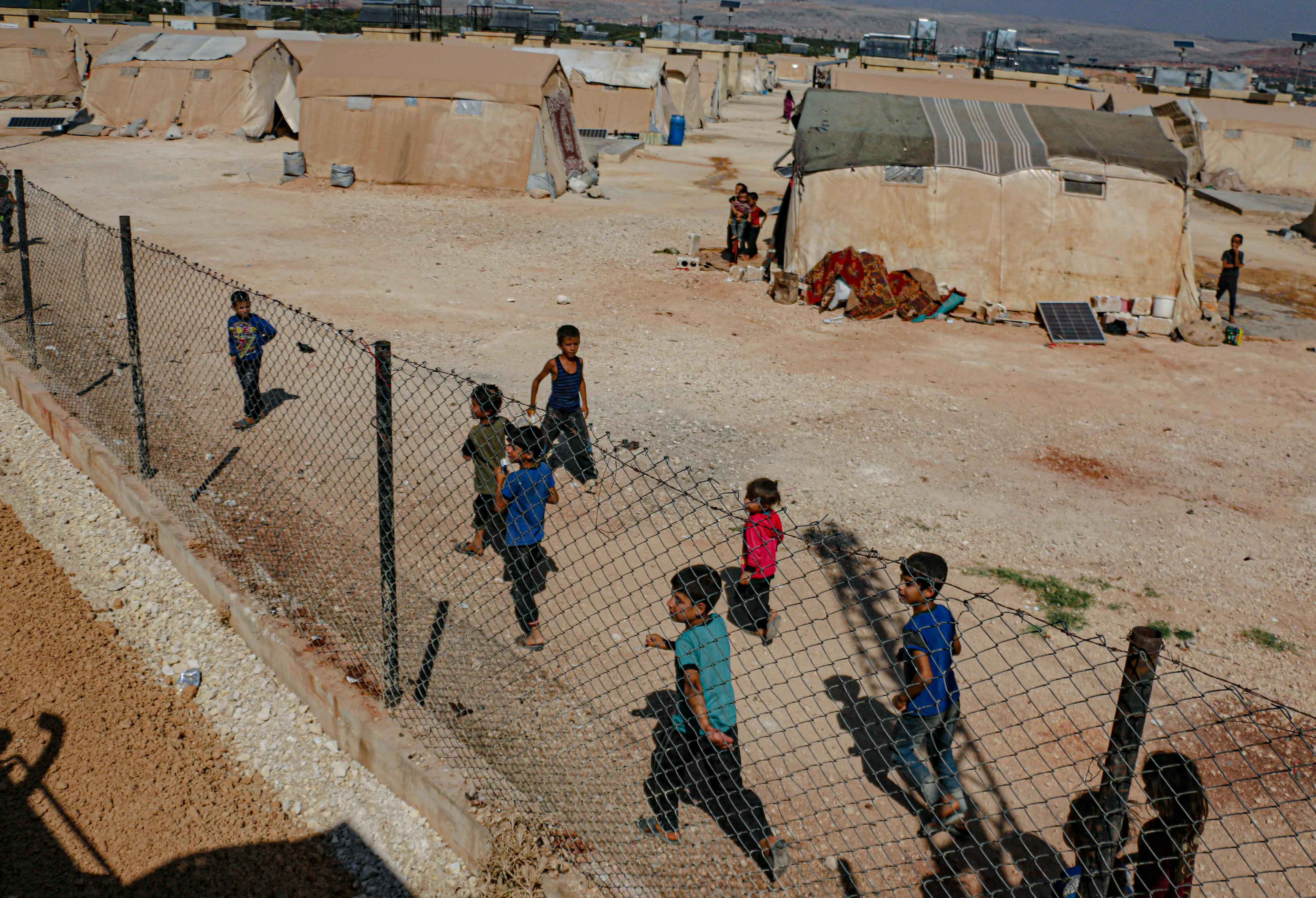
As the number of asylum seekers and temporary protection cases in the European Union (EU) continues to fall sharply, the global refugee population has surged to a record 120 million amid declining humanitarian aid.
This contrast exposes a growing divide between migration policy trends in Europe and the escalating displacement crises worldwide.
Fewer asylum seekers reach Europe
In 2024, just over 912,000 non-EU nationals applied for asylum in the EU for the first time—a 13.1% drop from the previous year. Eurostat reported that this downward slide has continued into 2025.
The EU recorded only 183,809 first-time asylum applications in the first quarter, down 23.5% from the same period in 2024.
March 2025 alone saw 57,925 first-time asylum seekers, a 23% year-on-year drop and a 2% dip from February. Spain, Italy, France, and Germany received the bulk of these claims—nearly 80% altogether.
Despite this decline, asylum systems remain strained in places like Greece, Cyprus, and Spain. Greece had the highest rate per capita in March, with 39.6 applicants per 100,000 residents, followed by Cyprus and Spain.
Shifts in origin and outcome
Syrians made up the largest group of asylum seekers in 2024, filing 148,185 applications—16.2% of the EU total. Venezuelans, Afghans, Colombians, and Turks followed.
However, not all applications found success. The average recognition rate was just 51.4%, with Colombians facing a mere 7% approval rate.
In March 2025, Venezuelans once again topped the list of applicants, followed by Afghans and Bangladeshis. That month, 1,595 unaccompanied minors also sought protection, mainly from Syria, Afghanistan, and Venezuela. Germany handled nearly a third of those cases.
Fewer approvals, shrinking support
Though almost 200,000 asylum decisions were made in early 2025, only one-third resulted in protection. That figure represents a sharp 33% drop from the end of 2024.
Germany issued the most positive decisions, followed by France and Spain. Afghans, Venezuelans, and Ukrainians benefited the most from those outcomes.
Meanwhile, temporary protection—largely granted to people fleeing Ukraine—also declined. In 2024, 780,280 Ukrainians received such protection, down more than 25% from 2023. That number continued to slide in early 2025.

Global displacement reaches new heights
While EU numbers fall, the global picture worsens. According to the UN Refugee Agency (UNHCR), 120 million people are currently displaced—more than ever before.
“This is the highest figure ever recorded since we started compiling statistics,” said Jérôme Bobin of Handicap International.
Filippo Grandi, UN High Commissioner for Refugees, emphasized the importance of long-term support: “States must uphold their responsibility to protect people forced to flee, while fostering an environment in which they can thrive and contribute.”
Council of Europe President Alain Berset echoed that message: “Protecting those who have no choice but to flee is both a moral duty and a legal obligation.”
Shifting entry dynamics for travelers
The drop in asylum applications and temporary protections signals a tightening migration landscape in the EU—just ahead of the European Travel Information and Authorization System (ETIAS) rollout in the last quarter of 2026, which will require visa-exempt travelers to apply for pre-travel authorization.
For short-term and long-term visitors, this climate suggests heightened scrutiny and stricter border assessments, particularly for nationals from high-risk or high-migration countries.
As Europe redefines its priorities amid reduced humanitarian aid and migration pressures, Schengen visa issuance could grow more selective, affecting entry pathways and processing times.
Strained pathways and diminishing protections
Migrants face increasingly limited opportunities as first-time asylum applications dropped by over 13% in 2024 and continue falling in 2025.
Recognition rates remain low for many nationalities, and positive asylum decisions fell by a third in Q1 2025.
With global displacement at record highs and aid shrinking, particularly after U.S. funding cuts, vulnerable populations must navigate shrinking legal protections while EU states emphasize return or integration over open asylum policies.

A policy turn toward restriction and deterrence
The sustained drop in asylum numbers across EU states suggests a policy shift favoring deterrence over expansion. The decrease in temporary protections—especially for Ukrainian refugees—points to waning political will for large-scale admissions.
As pressures mount from record global displacement and lower aid contributions, EU countries are likely recalibrating immigration frameworks to prioritize security, integration control, and burden-sharing—potentially reshaping the future scope of the Common European Asylum System.
A shrinking welcome amid growing need
As the EU sees a sharp decline in asylum applications and temporary protections , the number of displaced people worldwide has soared to a record 120 million—just as global aid funding begins to crumble.
This stark contrast underscores a widening gap between rising humanitarian needs and diminishing support. On World Refugee Day, the message is clear: fewer arrivals do not mean fewer crises.
